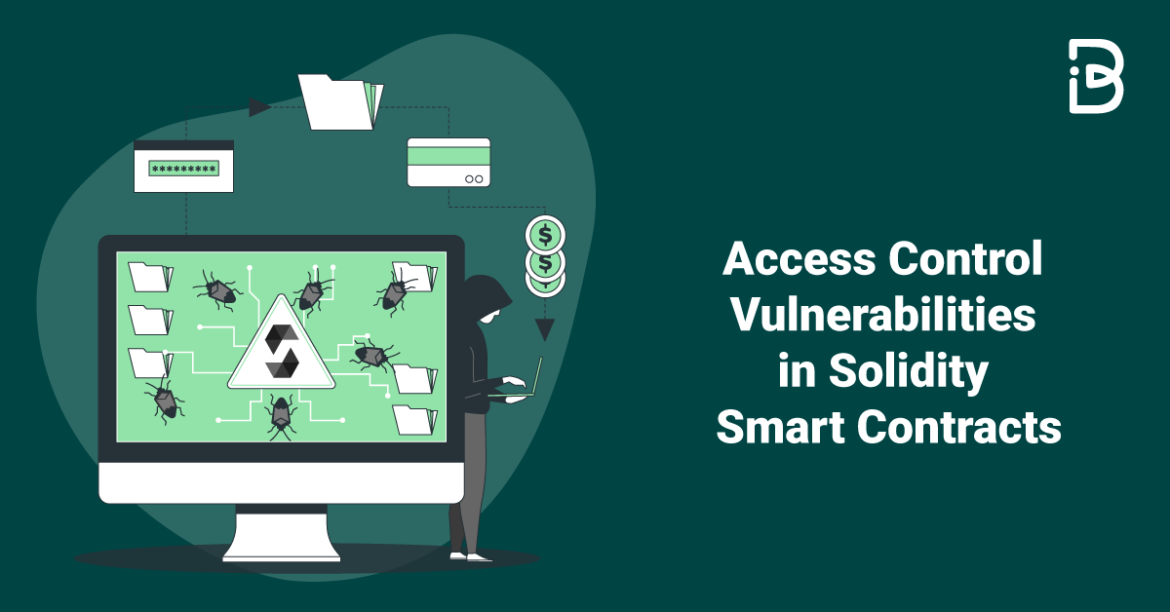Introduction
Table of Contents
Access control is a critical aspect of smart contract security, governing who can interact with various functionalities within the contract.
However, improper implementation of access control can lead to severe vulnerabilities, allowing unauthorized users to manipulate the contract’s state or even drain its funds. This article focuses on the attack vector related to access control issues in Solidity smart contracts.
Vulnerability Points
1. Unrestricted Initialization Function
Code Example:
solidityCopy code
function initContract() public {
owner = msg.sender;
}Attack Vector:
The initContract function sets the caller as the owner but lacks any checks to prevent re-initialization. An attacker can call this function to take ownership of the contract, thereby gaining control over its funds and functionalities.
2. Overpowered Roles
Code Example:
solidityCopy code
// Using OpenZeppelin's Ownable library
function criticalFunction() public onlyOwner {
// Critical logic here
}Attack Vector:
If the contract assigns multiple roles with onlyOwner privileges, it increases the attack surface. An attacker compromising a single owner account could execute critical functions.
3. Inappropriate Access Control in Token Burning
Code Example:
solidityCopy code
function burn(address account, uint256 amount) public {
_burn(account, amount);
}
Attack Vector:
The burn function is public, allowing any user to burn tokens. An attacker could exploit this to manipulate token supply, potentially leading to price inflation and draining liquidity pools.
Real-World Impact
- Loss of approximately 150,000 ETH (~30M USD at the time) due to Parity Multi-sig bugs.
- The HospoWise hack led to unauthorized token burning, affecting the token’s value and liquidity.
- Rubixi smart contract hack
Attack Scenarios
- Ownership Hijacking: An attacker calls the
initContractfunction to become the new owner, gaining full control over the contract. - Role Abuse: An attacker compromises an account with elevated privileges and performs unauthorized actions like fund withdrawal or contract pausing.
- Token Manipulation: An attacker uses the public
burnfunction to manipulate token supply, affecting its value and liquidity.
Mitigation Strategies
- Ensure that initialization functions can only be called once and only by authorized entities.
- Implement least-privilege roles using libraries like OpenZeppelin’s Access Control.
- Add proper access control modifiers to sensitive functions, such as
onlyOwneror custom roles.
Conclusion
Access control is a cornerstone of smart contract security, but improper implementation can lead to catastrophic failures.
Developers must rigorously define and enforce access control policies to mitigate the risks associated with unauthorized access and actions. By understanding and addressing these vulnerabilities, developers can build more secure and robust smart contracts.

